A few weeks ago I applied for an environmental art residency that asked for a short essay about sculpture and landscape remediation. I've been thinking about that question ever since and woke up this morning with some new ideas about landscape and sculpture.
This enormous floating garden was a true "environmental" sculpture that incorporated human and non-human communities in a long-lived symbiosis. Humans have worked for millenia to replenish the islands and maintain the canals. The Chinampas succeed down to the microscopic level, where photosynthetic bacteria add nutrients to the water and soil, sustaining the system with nitrogen and other nutrients.
Fast forward to the 21st century. The setting, San Francisco. The sculpture, the roof of the California Academy of Sciences. The cost, hundreds of millions of dollars. The results? The "green roof" at the Cal Academy was an experiment in excess. The plantings didn't work. The drainage system failed. The harsh rooftop environment proved unpredictable in terms of sustaining a plant community that lived up to the specifications of the architects. Aesthetically beautiful as architectural sculpture? I guess. Did it remediate? I don't think so.
And if we think about the level of technology, the capital expenditures, and the scale of the project, it compares poorly to the Chinampas, in both its scale and its performance.
Whether the "green roof" at the Cal Academy "worked" from a biological perspective is one issue. I guess you could say from an aesthetic standpoint it was more of a sculpture and less of a scar. How about this series of land "sculptures?" They are part of a continent-wide effort on a gargantuan national scale that cost billions upon billions of dollars. They "work" to transport people, but at massive costs to the environment and the human community. From any perspective I think they scar, rather than remediate the landscape.
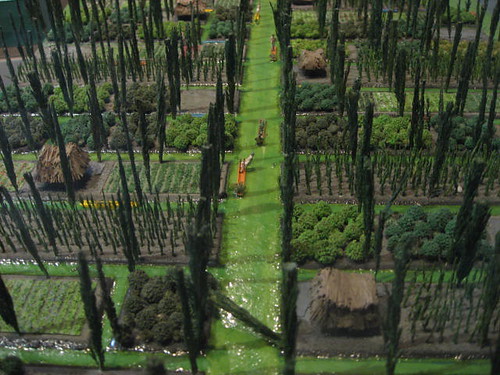
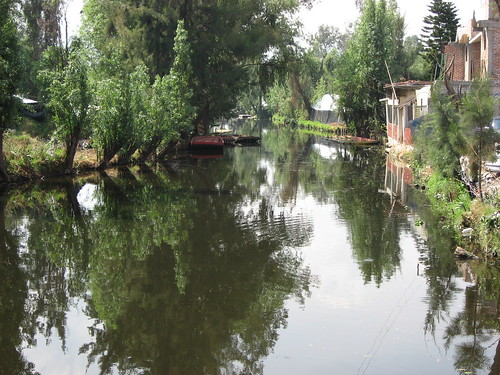
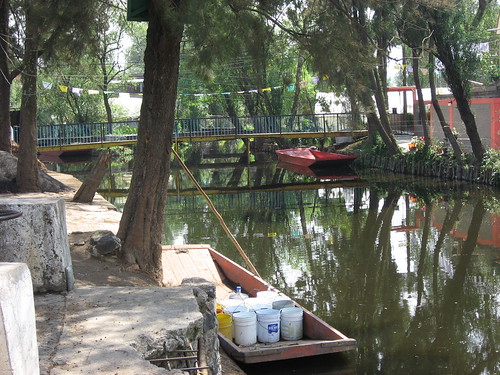

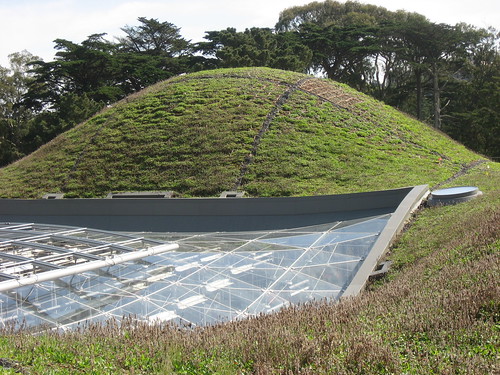
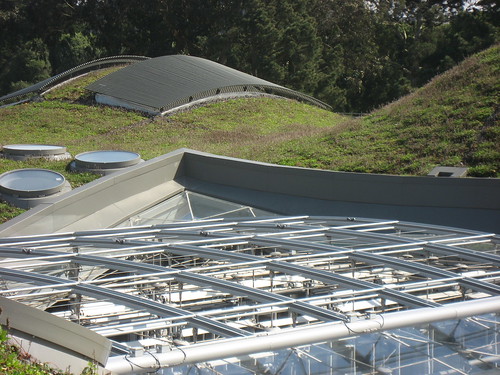
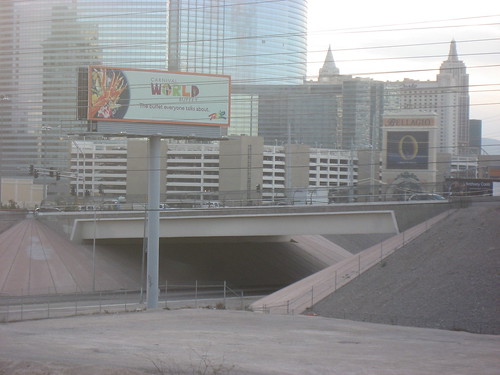
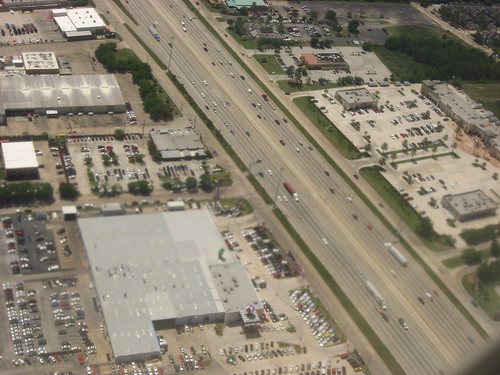

No comments:
Post a Comment